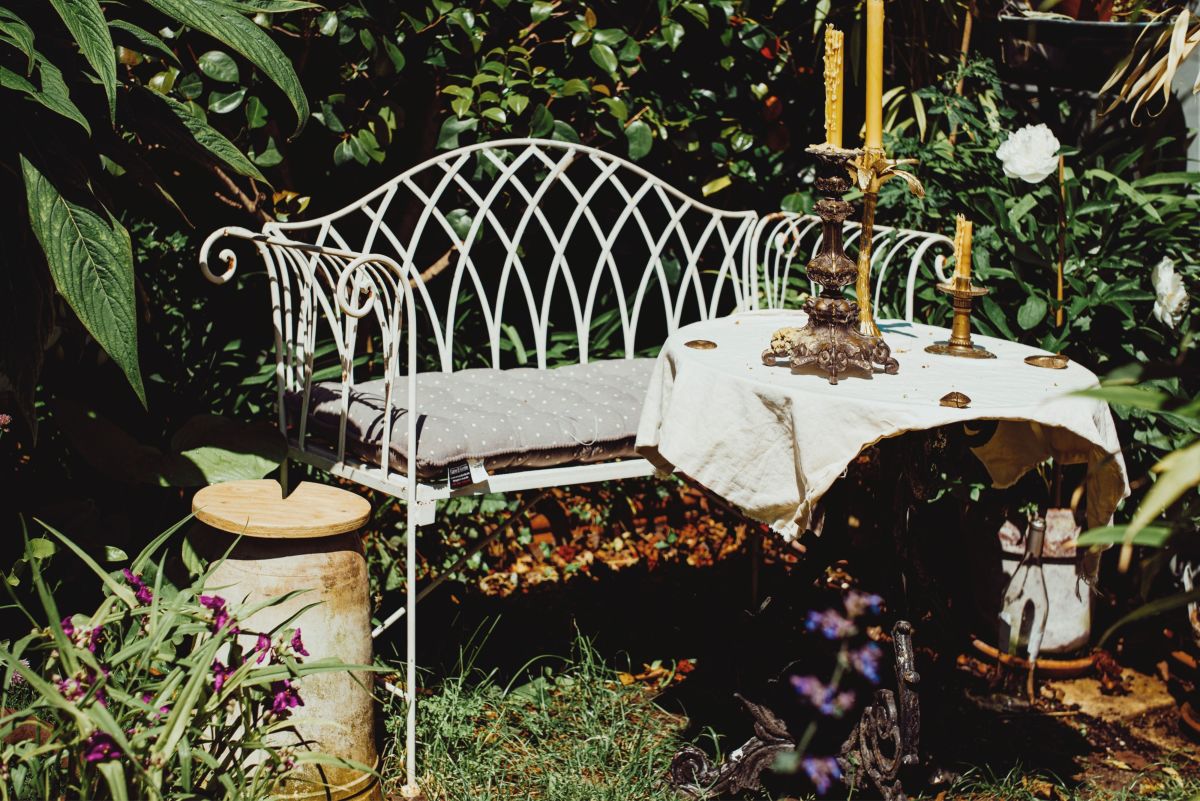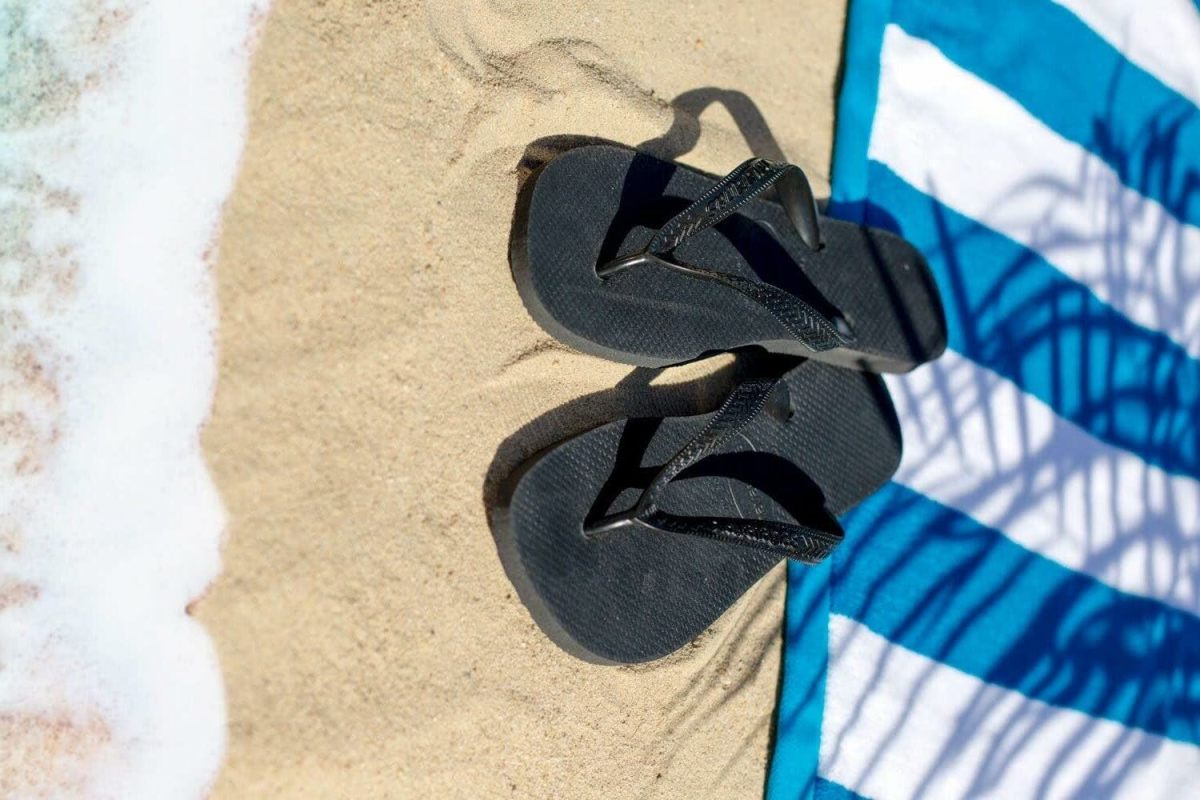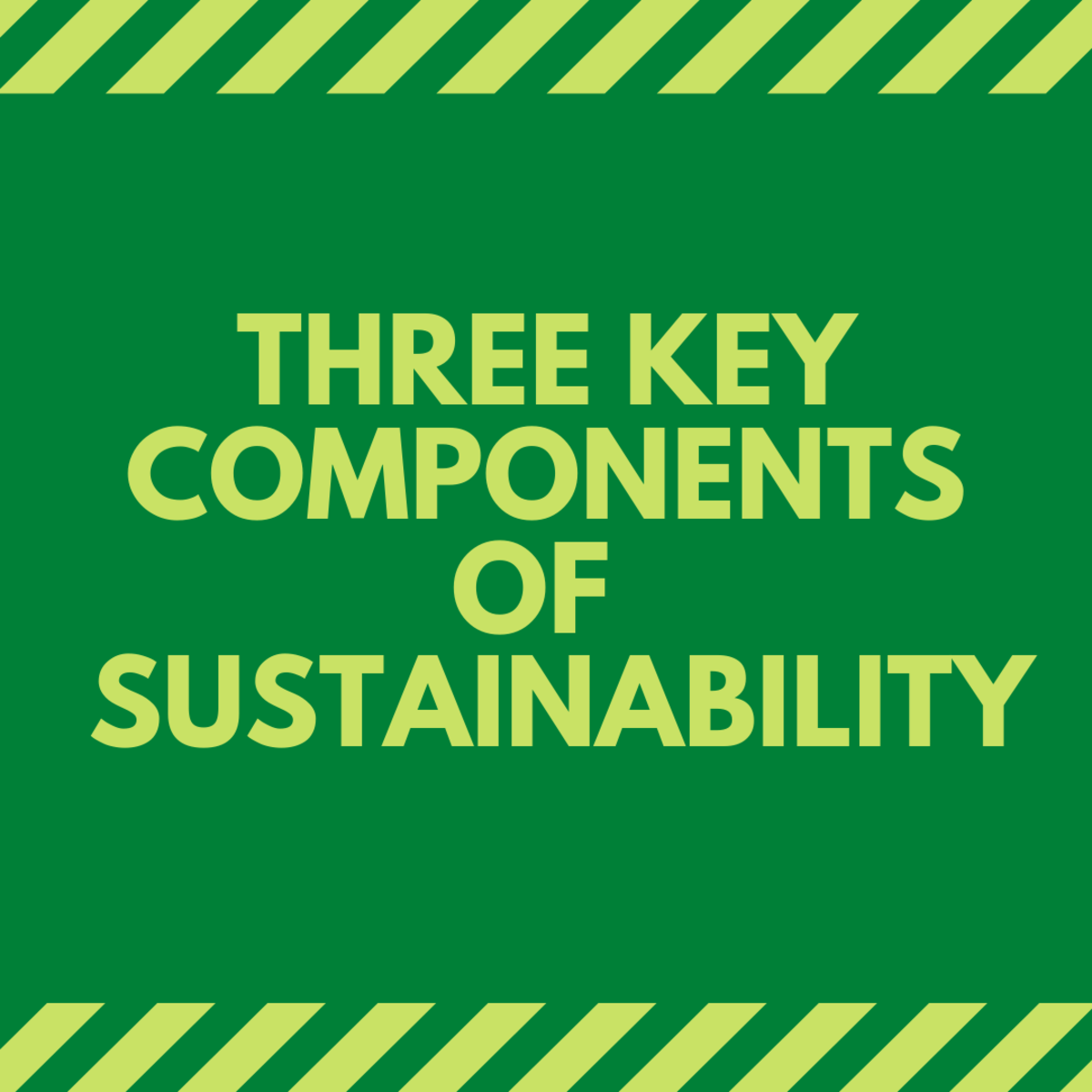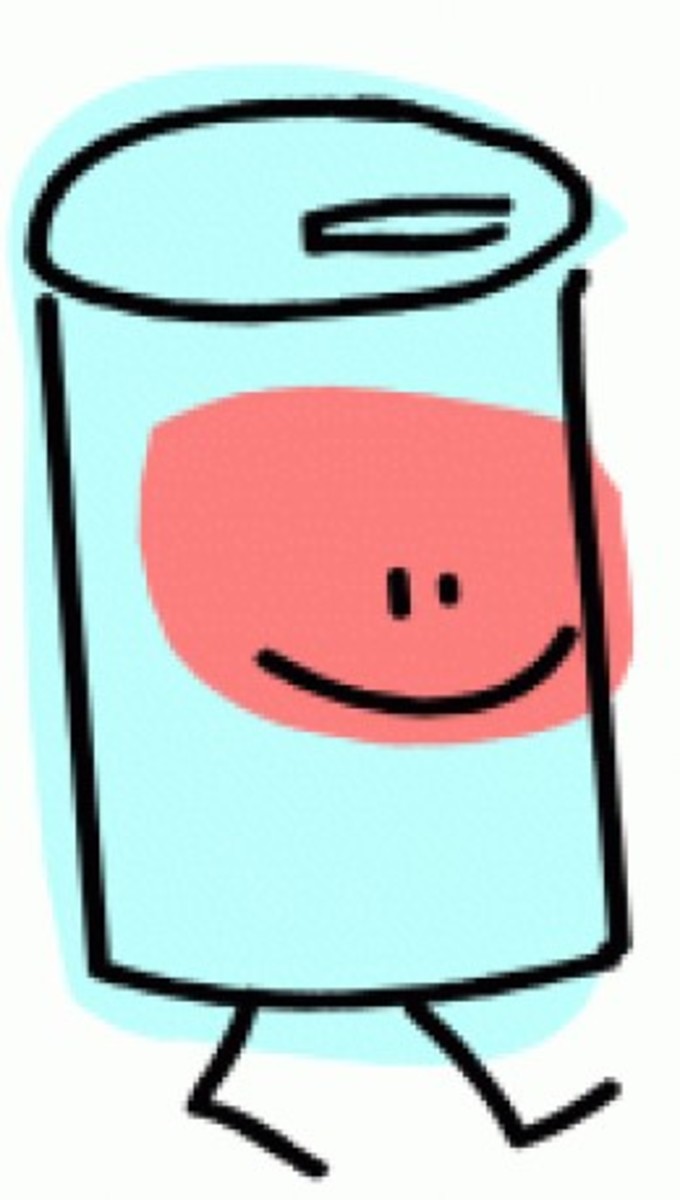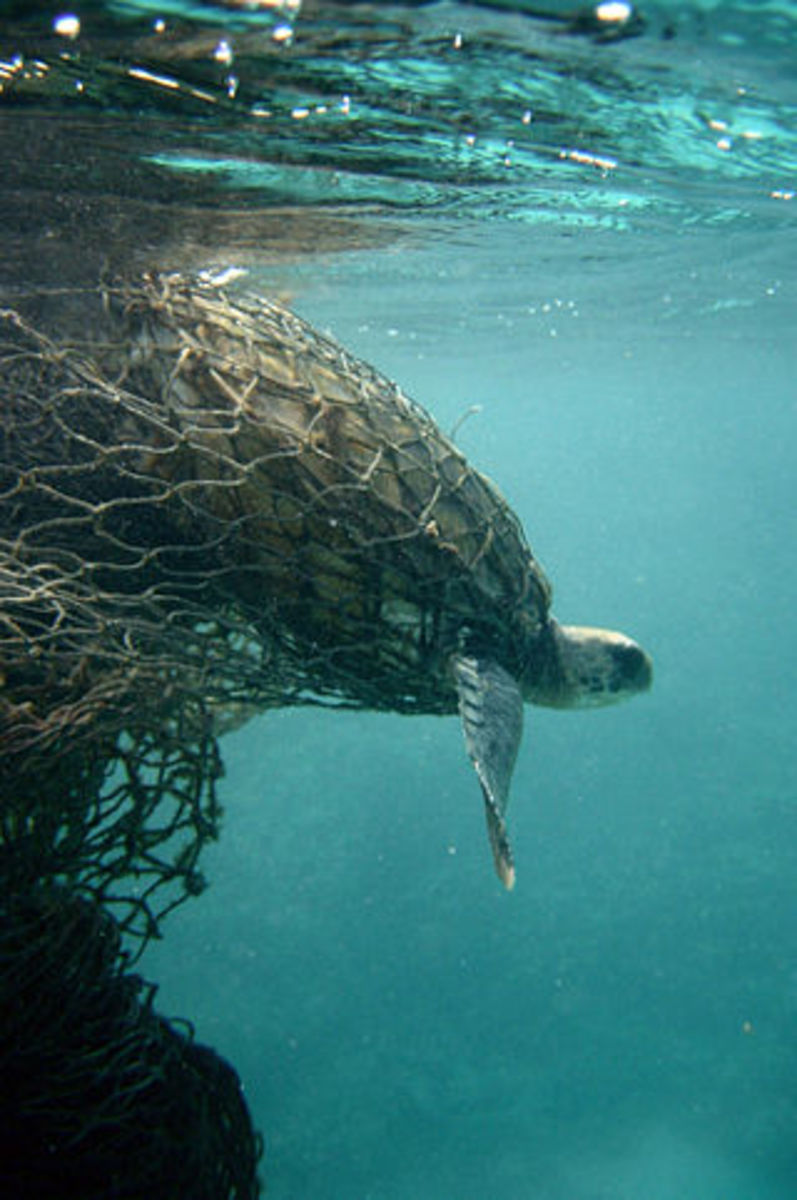29 Ways to Live Green Without Spending a Penny
Live Green

Live Green for Free
The message to live green is everywhere today, but just how do you do that? Like all areas of life, marketing hype will try to convince consumers that they must spend money to live green. Living green is the opposite of that!
Living green is also frugal! It shuns consumerism and over consumption. To live green you have to stop thinking about buying and begin thinking about doing more with what you already have. My grandparents had a "make do" attitude. Having lived through the depression, they had learned conservation as a way of life. Future generations had a different goal in mind, convenience, quick, easy and trendy became a way of life. We are now experiencing the movement to go back to a simpler, more conservative way of life because our earth can't handle our consumerist ways.
Here are 30 simple ways that you can live greener today, without spending a penny! Many of these ideas will save you money as you consume fewer natural resources!

Do you recycle?
30 Ways to Live Green!
Live Green Without Spending a Penny
1: Reject Consumerism
Years ago, I read an article about a woman that shunned consumerism by wearing the same dress everyday for one year. She had made the dress herself. Not many of us could do that, but the point is clear. Do you really need 5 NEW sweaters this season?
2: Compost Food Waste
Any fruit and vegetables that you haven't already put to use by eating them yourself, or feeding it to an animal, can be composted and used to help fertilize your garden! Fruit and vegetable scraps, coffee grounds, eggshells, and many other things can be composted. The only thing you shouldn't compost is meat or greasy food. Raw, uncooked food works best for composting.
3: Use Less Water
There is a lot of debate about what uses less water. Can you use less taking a bath or shower? Washing dishes in a sink or dishwasher? Let's not get to hung up on technique, this is the idea: Within the last 100 years, people in the U.S. lived without running water in their homes. How did they do this? Often they had a well or a pump where they would go get fresh water. If you want encouragement to use less, try carrying every ounce of water you use. Once it was in the home, water was precious. It was used to bathe, then possibly to clean or to water the garden rather than being thrown out.
The bottom line is, don't be a glutton. Think before you leave the tap water running and don't use more bath or shower water than required to get clean. You will conserve if you just try.
4: Protect Trees
Trees clean the air and are beautiful. Encourage and promote the growth of trees in your neighborhood. Plants clean the air too! Encourage their growth as well.
5: Consider Organic Food
Organic food is required to be grown without synthetic fertilizers, pesticides, growth hormones, or genetically modified organisms. Pesticides are currently causing great harm to our water, bee population, and likely our health. I'll spare you the lecture on why our food should not be genetically altered by science, but feel free to read up on GMOs.
6: Fill Up Your Freezer and Refrigerator
Your freezer and fridge don't have to work as hard to stay cool when they are full. Get your pasta, flour and crackers from the pantry. It will help keep those things fresh longer and they will help fill up your fridge.
7: Reduce
Consider packaging that comes with the things you buy. If something is over-packaged, you aren't just buying the product, you are buying the waste that comes with it. Around your home try reusable, sustainable items, such as cloth napkins, washable plates, or reusable cloth diapers!
8: Reuse
Put on your thinking caps and come up with ideas to reuse things instead of throwing them away, or recycling. Often, if we put to use items we already have, we can eliminate the need to buy new things. One example is plastic containers from food, they make wonderful storage when washed and reused.
9: Recycle
Of course recycle everything you haven't reduced or reused that is recyclable. Many places have made recycling easier, by placing the bins near stores, or picking up recyclables at your home.
10: Eat Local and in Season
Reduce food transportation and storage costs by simply eating what is in season and grown locally. You will probably find your body craves seasonal and local food anyway.
11: Garden
There is no food more local, or in season, than food freshly harvested from your own garden. This is also a great way to eat organically for free. You don't need to invest money in a garden. The first year, you will need to purchase seeds, but after that you can save the seeds from the bounty of your garden. Plant these seeds to grow next year's crops. You can also save bath, rain, pool, or laundry rinse water to hydrate your garden.
12: Turn Down Your Heat or AC
I have to admit this isn't my favorite way to live green, but turning down your heat or air conditioner to a level that is bearable will conserve energy. Put on an extra sweater in the winter. You may not notice the thermostat being a few degrees lower.
13: Use Less Shampoo, Soap, Toothpaste
This is simply "reduce" again, but here we will apply it to products you use everyday. Will your clothes get clean with less detergent? Can your teeth get clean with less toothpaste? In everything you consume, consider using less.
14: Make Reusable Sandwich Bags
Sandwich bags are a difficult item to do without if you take your lunch. You can have your sandwich bags without feeling guilty! Learn how to make reusable bags here: Green Lunch
15: Make Reusable Feminine Hygiene Pads
I know you think I've gone nutty, but there are a lot of people making their own feminine hygiene pads at home. Glad Rags were one of the first reusable hygiene pads available to purchase. The following link demonstrates many possibilities for making these washable pads yourself, rather than buying them. They are honestly cute! Give it a glance before you rule them out. Make Glad Rags at Home
16: Unplug!
Some electric devices use energy all the time. If there is a lighted or digital display on the device, it's using energy. Those electronics with small boxes on the cord also consumer energy when not in use. Unplug them!
17: Save Your Rainwater
Setting up a rain barrel will help you save rain water for the garden, feeding animals, or household chores. You can do this the consumer way, or the green way. Yes, they have expensive rain barrels for sale. You probably already have a garbage can, plastic box, or bin around the home you aren't using. Put it under your downspout to catch rain water.
18: Consider Reusing Your Bathwater
Greywater systems are common today, they are convenient and green! If you don't have a greywater system for gathering bath and laundry water, consider a bucket.
19: Ditch the Car
The next time you are thinking of going somewhere, walk or riding a bike. You will get some exercise and cut down on the pollution from your automobile. Considering ways to avoid using your car daily, such as carpooling, taking a bike, or riding the bus. It will save you money too!
20: Donate Appliances You Can Live Without
It's not uncommon to have an extra refrigerator in the garage, or basement. Are you using it? What other energy sucking appliances are in your home that you could live without. Donate them!
21: Consider Eating More Raw Food
Raw food is healthier and you don't consume energy cooking it.
22: Turn Off The Lights
Developing habits of shutting off lights when they are not in use will help you live green. Turn off what you aren't using. There's no sense in lighting a room when nobody is there. Consider altering your schedule so that you are awake when there is natural day light available and sleeping when it's dark.
23: Reduce Food Waste
Don't buy what you will not eat. Reducing food waste is important. Many Americans admit to buying food each week that they eventually throw out without opening because it goes bad before it's eaten. One alternative is to use carefully planned menus. Another is to get into the habit of freezing, drying, or canning food before it spoils. Browse your refrigerator once in a while and implement food preservation tactics for anything you don't think you will use soon.
24: Reuse Your Plastic
Plastic is everywhere. Despite my best efforts, I can't seem to avoid having plastic to recycle each week. Before you recycle it, consider one reusing it for storage. Plastic food containers make terrific storage boxes for crayons, sewing supplies, and other small items. Bottles with the top cut off can also store a lot of things. The garage is another place you can organize with your plastic. Nails and screws are kept tidy in plastic bottles with screw on caps. This puts the plastic you already have in your home to use rather than having to buy storage containers for organization.
25: Reuse Your Paper
First and foremost, call the senders and take yourself off the mailing list if you get unwanted junk mail. Get full use of your paper. Reuse it for scratch paper or kid's drawing paper. Once you've used both sides, you can recycle it as a home project, or you can reuse some types of paper in crafts.
26: Ditch Your Cosmetics
Do you need them? Or are you beautiful just the way you are?
27: Reuse Your Glass
Some crafty ways to reuse glass and limit the need to recycle Reuse Glass
28: Reuse Your Cans
I stopped buying soda years ago, but I still end up with cans that must be recycled, or reused. Friends and family bring them over when they visit. Here are some unusual ideas to reuse your cans: Reuse Your Cans
29: Ditch Your Commercial Cleaning Products
You have everything you need to clean your house in your kitchen or bathroom without purchasing cleaning products. Vinegar, baking soda and hydrogen peroxide will clean just about any surface efficiently. Now caustic, costly cleaning supplies are needed.
© 2011 hsschulte

